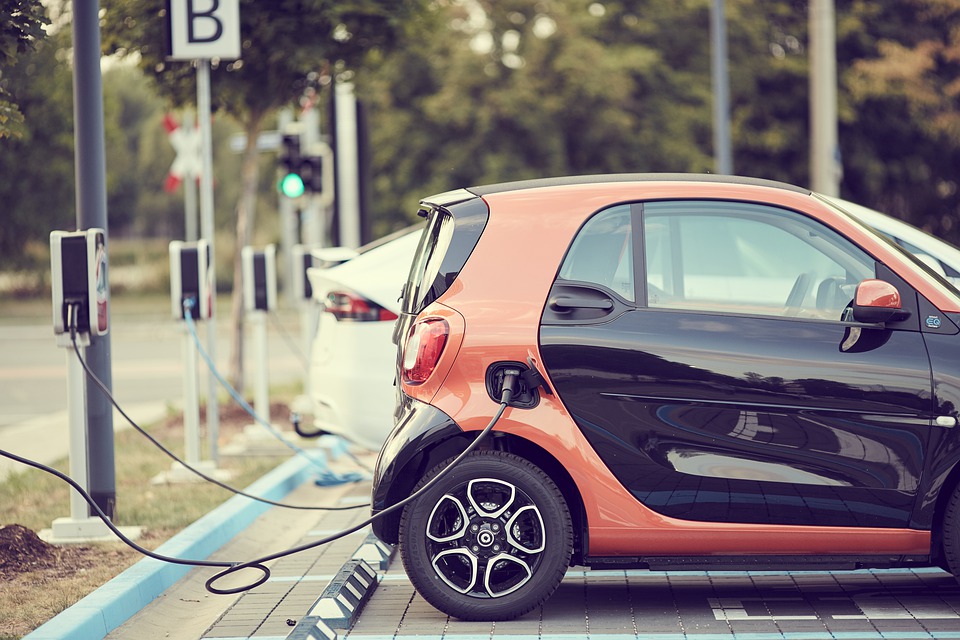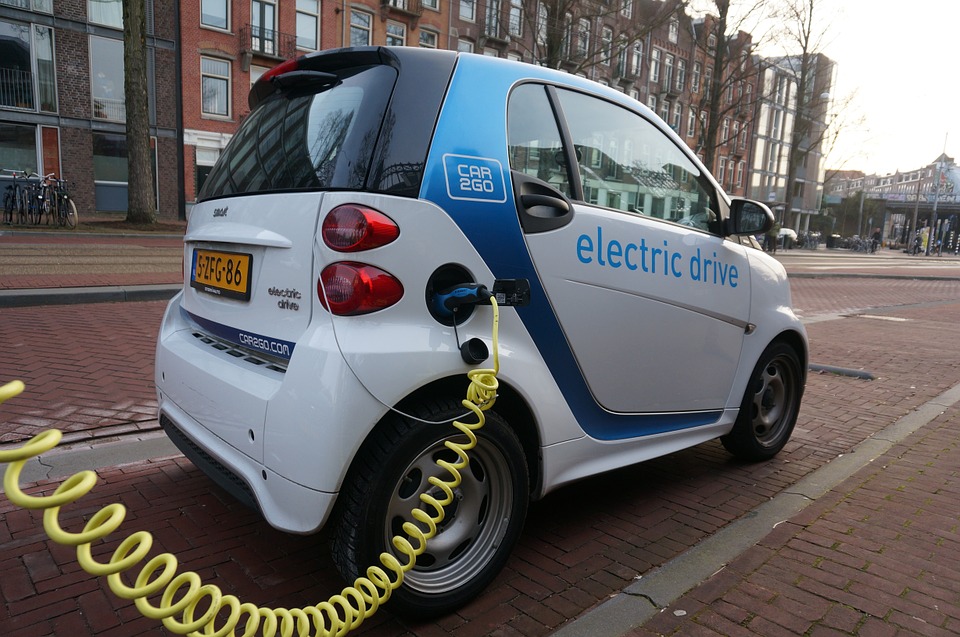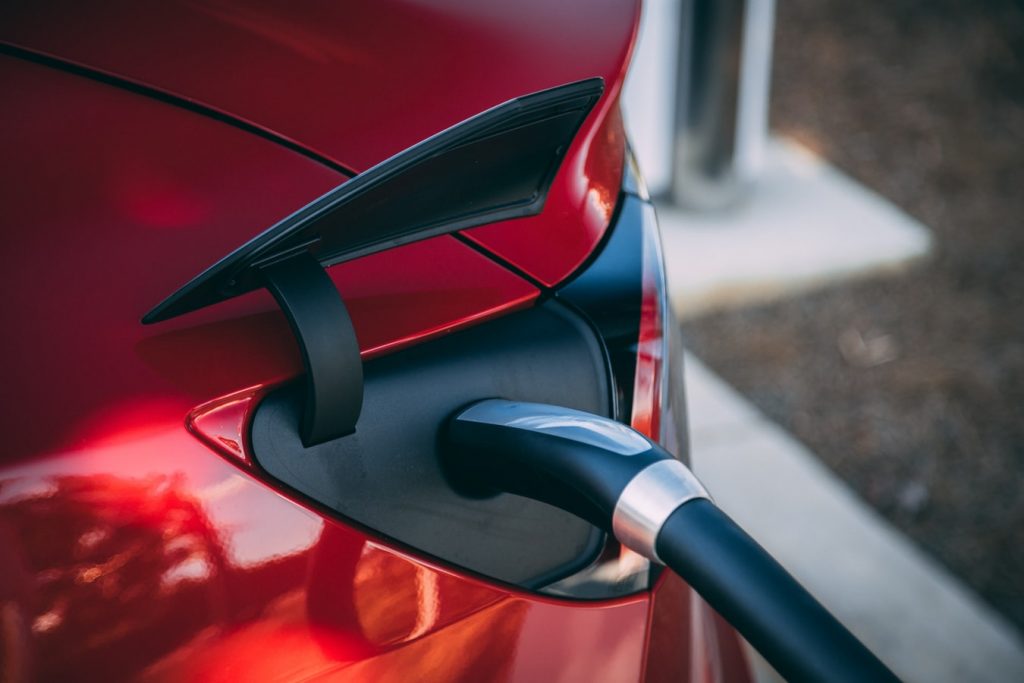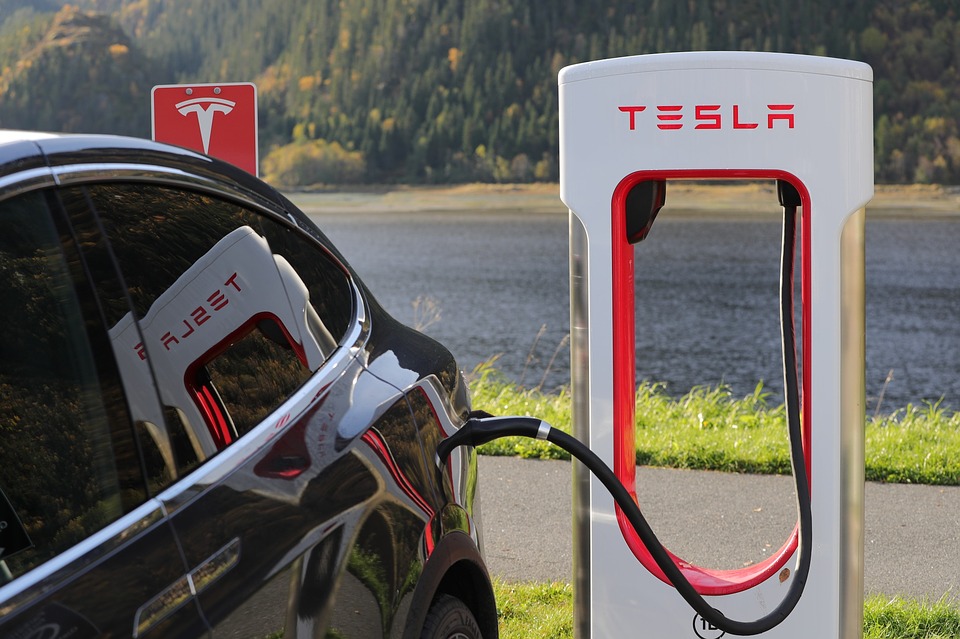Eco-friendly solutions such as eco-transportation, eco-driving, and car-sharing are ways to limit our fuel expenses and reduce CO2 emissions. Other solutions are being considered to combat pollution, such as electric vehicles (EVs). This post takes a look at this type of motorization.
The Light Vehicle Market and the Electric Vehicle

The electric vehicle is a so-called clean car that runs on electricity instead of fuel. Electric vehicle sales have climbed steadily to 100,000 cars sold as in the first quarter of 2019 in Canada, according to Electric Mobility Canada.
Electric Vehicles: What Are They Made of and How Do They Work?
The Constitution of an Electric Car
The technologies relating to the electric vehicle currently being developed are simple and well mastered, as it works with:
– a high-voltage battery pack (400 volts) that supplies energy to the electric car’s drive train, with the following characteristics:
◦ capacity: from 15 to 30 kWh;
◦ range: from 100 to 500 km;
◦ weight: 300 to 400 kg;
◦ cost: from $4,000 to $6,000;
◦ technology: the majority of batteries are made of lithium. Research is intense to find new technologies and materials to reduce the harmful effects on the environment;
◦ lifetime: 5 to 10 years.
◦ a 12-volt battery for powering the various electrical consumers common to internal combustion cars;
– the elements of electrical energy management, including:
◦ the inverter converter: the central element of the system, it is the interface between the batteries and the electric motor; it ensures the fine management of the various operating phases (motor supply, regeneration phases, etc.);
◦ the 400-12 v converter: it recharges the 12 v battery;
◦ the charger module: it manages the recharging of the high-voltage batteries with the fixed recharging terminal;
◦ the electric motor: it is the soul of the electric car and the reason for its success; it is unbeatable in terms of efficiency, output torque, power consumption, and quiet operation in which it produces no emissions.
How an Electric Car Works

The inverter supplies the motor’s power requirement. Depending on the traffic conditions and the driver’s wishes, it adapts to this demand. It enables the regenerative function of the electric motor: for example, during deceleration, the motor is transformed into a current generator and acts as an electric retarder.
The motor plays on the interaction forces between an electromagnet and a permanent magnet. The electromagnet is powered intermittently by battery power to rotate the magnet.
The electric vehicle does not have a gearbox or components to convert the vertical movement of the pistons into rotary motion: the motor axis rotates directly on the axis of the car’s wheels.
The charger, on the other hand, manages the charge between the charging station and the energy requirements of the batteries.
The Price of an Electric Car
Slowly, the electric car is making its way into the public’s purchasing decisions. Today, government subsidies are bringing its initial purchase cost down to that of a car with a combustion engine.
The ecological bonus: this is a government bonus, specifically for vehicles that do not exceed 20 g of CO2 /km, and is therefore only granted when an EV is purchased or leased.
The ecological super bonus: when you buy a new electric car, this aid is given for the scrapping of an old diesel or petrol vehicle.
The cost of the registration certificate: at the initiative of the regions, the cost of issuing it is reduced (generally 50%) or free of charge.
Tip: Ask your dealer for more information because these incentives keep on changing.
The Cost of Running an Electric Car

The electric car needs to be recharged at a fixed terminal, at home or in public places. If at home, the tariff per kWh of the domestic network is used for the cost of the charge, recharging at public charging points is charged by time slots at a slightly higher rate (it is also possible to find free charging points).
In both cases, the cost of a “full tank” is on average 4 to 5 times less than that of a conventional vehicle, which is tax-charged.
The engine of an EV requires virtually no maintenance; moreover, the presence of a complex gearbox (mechanical, robotized or automatic) is no longer necessary, thus reducing maintenance costs.
For the rest of the vehicle (chassis, undercarriage, etc.), although the components are the same as for internal combustion vehicles, maintenance is often reduced by the impact of “electric” driving, which places less stress on them.
Batteries represent a separate maintenance budget, which has an impact on the operating budget. When the vehicle is purchased, the batteries may be included in the price; in the event of failure, the owner is responsible for repairing the vehicle (except for any malfunction covered by the warranty); the price of a battery pack then varies between $4,000 and $6,000. The other solution is to rent the battery when you buy the vehicle; the cost of the rental is then on average between $60 and $80 per month.
The Electric Car and Ecology
This subject is to be treated with clear-sightedness and impartiality, as it remains so controversial. The 2nd part of this topic is covered in this post, here.
Don’t forget to share your experience in the comment section below.





One thought on “The Electric Car and Ecology (Part 1)”